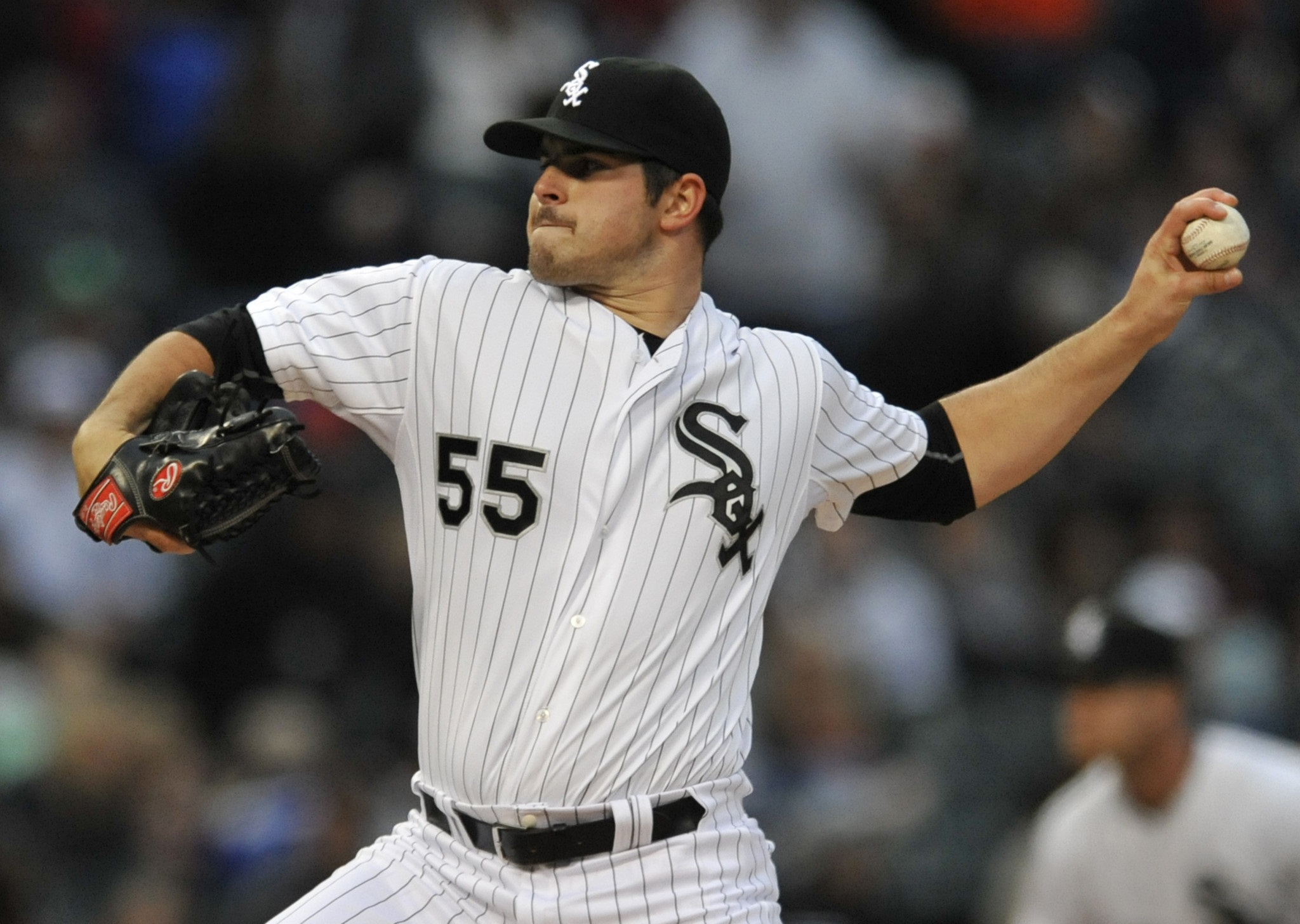Throughout the season, I am using our FREE Trends tool to create a custom trend, and then I am tracking the results of my matches for the week in this article. The goal is to create trends with high Plus/Minus values and share them with our readers every Friday.
Description
You should know that I love our K Predictor tool. Oftentimes, it is the first and last thing that I check when making my pitcher selections. It might sound as if the K Predictor is literally the ONLY thing I look at, and that’s not true. I also look at lots of other data from our Player Models and Trends tool, but it’s generally true that the K Predictor is the very first and last thing I will look at on a given day.
As you can imagine, I’m always looking to combine the K Predictor with our other trend filters in a quest for Plus/Minus dominance. I haven’t quite achieved that — Matthew Freedman’s Turbo Trend has a Plus/Minus around +11, for crying out loud — but I’m pretty happy with how the below listed trend turned out.
This week’s trend matches pitchers who both have a high K Prediction and are facing a lineup of batters whose collective Hard Hit Percentage is low.

The filters I used to create this trend were as follows:
• The Opponent’s Team HH% is no greater than 30.
• The pitcher’s K Prediction is at least seven.
Results
The following screenshots are pulled from entries into FanDuel’s $5 guaranteed prize pools throughout the week.
5/30

On Monday, we had two “ace” pitchers facing reeling offenses. In retrospect, these plays may seem more obvious than they actually were at the time. Carlos Martinez and Matt Harvey had each struggled during their most recent series of starts and as a result many DFS players were scared off of both of them.
This trend cares more about matchup, only indirectly considering the pitcher’s recent performance via the K Prediction. Although both pitchers had plenty of red flags, the matchups were nice and DFSers willing to roll the dice were rewarded.
For comparison’s sake, the “safe” pitcher on this slate essentially sunk 18 percent of the field in this tournament:

Say what you will about the Braves, but they don’t strike out a ton against right-handed pitching. Our K Predictor was all over that, projecting Samardzija at only five-and-a-half strikeouts, well below the trend’s qualifying threshold.
5/31

I had to fudge the numbers a little bit to find a match for Tuesday. The lineup that the Pirates fielded against Jose Fernandez collectively had a Hard Hit Rate of 31 percent, slightly above the 30 percent threshold. Still, even though Fernandez was a borderline call in Opponent HH%, his K Prediction was through the roof, at nine and a half.
Although Pittsburgh has been one of the better teams against right-handers this season, the Pirates have not been hitting the ball especially hard outside of Andrew McCutchen and Jung-ho Kang, who both hover around 40 percent in HH%.
Fernandez played well, shutting out the Pirates over seven innings and racking up six strikeouts. The problem is that several cheaper options came close to replicating Fernandez’s production at a fraction of the cost. On a night when the Rockies scored 17 runs, rostering Fernandez was likely not the path to tournament success. To that point, the winner in this tournament rostered Jake Peavy, a move that facilitated the use of a full Rockies stack.
6/1

Again, I cheated a little bit and expanded HH% to 31 percent in order to include Lester. Scherzer safely qualified, as the Phillies lineup he would face on the night had a combined HH% of 26 percent. Both players posted double-digit strikeouts and were awarded with a win, topping 60 fantasy points in the process. You really can’t ask for much more than that.
If you want to split hairs, Lester was probably the slightly better tournament play due to his lower cost and projected ownership. Either way, it is so difficult for the most expensive pitcher to be the best tournament play: Even with these stellar games from Lester and Scherzer, the best tournament play was probably Michael Fulmer, who scored 59 fantasy points against a $7,600 salary. Still, the DFS players who elected to pay all the way up will probably not complain with these performances.
6/2

While the trend gave reason to fade Samardzija at 18.4-percent ownership against the Braves on Monday, it was all over Bumgarner at 20.9-percent ownership against the Braves yesterday. As always, handedness wins the day in MLB DFS. While the Braves’ strikeout rate against right-handed pitchers is around average (19.9 percent), they strikeout at a 23.5-percent clip against lefties. Their collective .255 weighted on-base average against lefties is a number that is almost unfathomably bad and is by far the worst mark in the league.
Although he was sure to be the most highly-owned pitcher on the all-day slate yesterday, the only reason I saw to fade Bumgarner was ‘just to fade him.’ There are a lot of ways in which you can go contrarian, so fading a guy ‘just to fade him’ is rarely the right move, in my opinion.
Conclusion
Generally, the trend returned ace pitchers who often carried expensive price tags and high ownership levels. That wasn’t always the case, though, as we saw with Harvey, Martinez, and Lester. I think that this trend is best utilized in both cash games and tournaments. There will be really chalky qualifiers — like Scherzer — who make great cash game plays, and there will also be pitchers who appear a little riskier than they actually may be: These are the players whose matchups you will want to exploit in tournaments.





